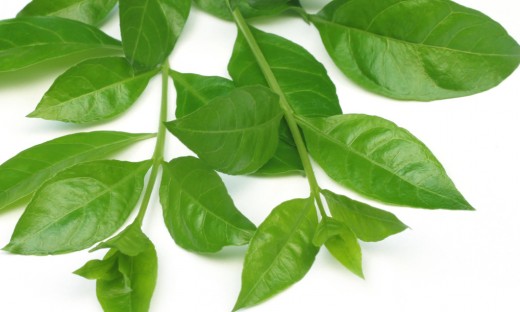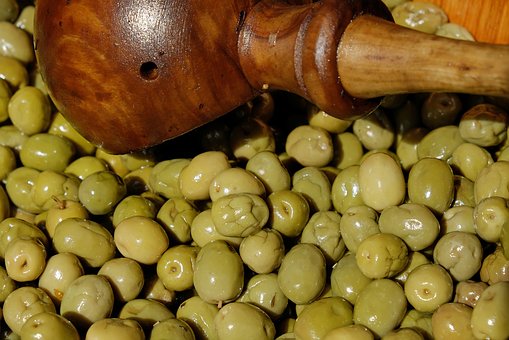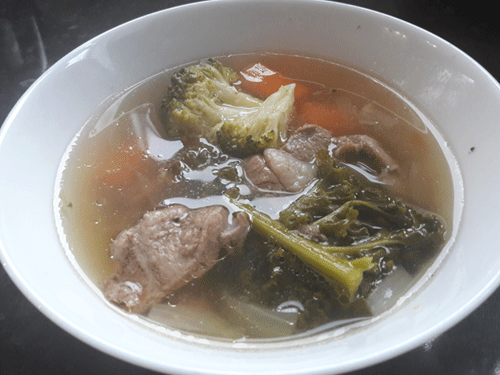Copy Link
Email
Print

Vitamin C is water-soluble, and probably the most famous of all the vitamins. Even before its discovery in 1932, physicians recognised that there must be a compound in citrus fruits preventing scurvy, a disease that killed as many as 2 million sailors between 1500 and 1800. Later researchers discovered that man, other primates and the guinea pig depend on external sources to cover their Vitamin C requirements. Most other animals are able to synthesise Vitamin C from glucose and galactose in their body. The most prominent role of Vitamin C is its immune stimulating effect, which is important for the defence against infections such as common colds. It also acts as an inhibitor of histamine, a compound that is released during allergic reactions. As a powerful antioxidant it can neutralise harmful free radicals and aids in neutralising pollutants and toxins. Thus it is able to prevent the formation of potentially carcinogenic nitrosamines in the stomach (due to consumption of nitrite-containing foods, such as smoked meat). Importantly, Vitamin C is also able to regenerate other antioxidants such as Vitamin E. Vitamin C is required for the synthesis of collagen, the intercellular 'cement' substance which gives structure to muscles, vascular tissues, bones, tendons and ligaments. Due to these functions Vitamin C, especially in combination with zinc, is important for the healing of wounds. Vitamin C contributes to the health of teeth and gums, preventing haemorrhaging and bleeding. It also improves the absorption of iron from the diet, and is needed for the metabolism of bile acids, which may have implications for blood cholesterol levels and gallstones. In addition, Vitamin C plays an important role in the synthesis of several important peptide hormones and neurotransmitters and carnitine. Finally, Vitamin C is also a crucial factor in the eye's ability to deal with oxidative stress, and can delay the progression of advanced age-related macular degeneration (AMD) and vision-loss in combination with other antioxidant vitamins and zinc.
Naziro?lu M, Butterworth PJ, Sonmez TT. Dietary Vitamin C and E modulates antioxidant levels in blood, brain, liver, muscle, and testes in diabetic aged rats. 1. Int J Vitam Nutr Res. 2011 Nov;81(6):347-57.
Naziro?lu M, Butterworth PJ, Sonmez TT. Dietary Vitamin C and E modulates antioxidant levels in blood, brain, liver, muscle, and testes in diabetic aged rats. 1. Int J Vitam Nutr Res. 2011 Nov;81(6):347-57.
While tissue dysfunction is a well-recognized consequence of Diabetes Mellitus in aged people, the underlying mechanisms are poorly understood. Daily (VCE) supplementation of vitamins C and E can be beneficial to diabetic aged animals in reducing free radical production. The aim of this study was to investigate whether dietary VCE supplementation modulates oxidative stress and antioxidant redox systems in streptozotocin (STZ)-induced aged diabetic rats. Thirty aged rats (18 - 20 months) were randomly divided into three groups. The first group acted as a control and the second group was diabetic. VCE-supplemented feed was given to aged, diabetic rats, constituting the third group. diabetes was induced using a single dose of intraperitoneal STZ. On the 21(st) day after STZ dosage, blood and tissue samples were taken from all animals. Glutathione peroxidase activity in liver, erythrocytes, muscle, and testes; catalase activity in plasma and erythrocytes; reduced glutathione levels in plasma; Vitamin E concentration in plasma, liver, and muscle; b-carotene concentration in brain; and high-density lipoprotein (HDL)-cholesterol levels in plasma were lower in the diabetic group than in the control group. Lipid peroxidation (LP) levels in plasma, liver, brain, and muscle, and alanine aminotransferase (ALT), aspartate aminotransferase (AST), triacyglycerols, and total and low-density lipoprotein (LDL)-cholesterol values in plasma were higher in the diabetic group than in the control group. The LP, enzyme, vitamin, and lipid profile values levels were mostly restored by VCE treatment. Liver and testis weights did not change by diabetic status and VCE supplementation, although body weight was lower in the diabetic group than in the control group. In conclusion, brain, liver, and testes tissues seem most sensitive in aged diabetic rats to oxidative stress. We observed that VCE supplementation relieves oxidative stress in the blood and tissues of diabetic aged rats by modulating the antioxidant system and lipid profile.
Link to this article: Show: HTML Link • Full Link • Short Link
Share or Bookmark this page: You will need to have an account with the selected service in order to post links or bookmark this page.





|
Related Articles:
- Low Vitamin A and C Levels Associated with Increased Asthma Risk
- Top Tips to Beat Stress
- Vitamin C Protects Against Gout
- Nutrients and Superfoods for Healthy Skin
- Grapefruit Can Promote Healthy Gums
- Goji Berries: A Great Superfood
- Book: Curing the Incurable: Vitamin C, Infectious Diseases, and Toxins - Thomas E Levy
- Higher Plasma Vitamin C Levels Reduce Risk Of Developing Type 2 Diabetes
- What Foods Are Good For Your Eyesight?
- Dr Linus Pauling, Vitamin C Infusions and Cancer
You must be registered and logged in to comment.
Most Popular
Latest Articles
Popular Subjects
Health, fitness and longevity
Based upon the principles of health
in the Qur'an and Prophetic Traditions.
HealthyMuslim.Com
There are two bounties in which
most people lose out: good health
and free time. Al-Bukhari.
The information on this site is provided for educational purposes only. It is not intended as a substitute for professional advice of any kind.























